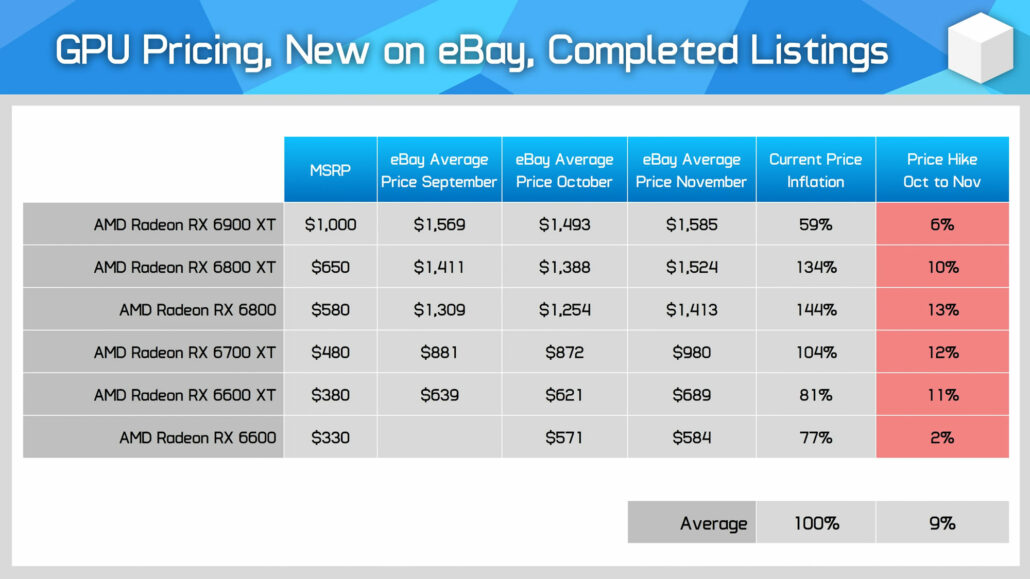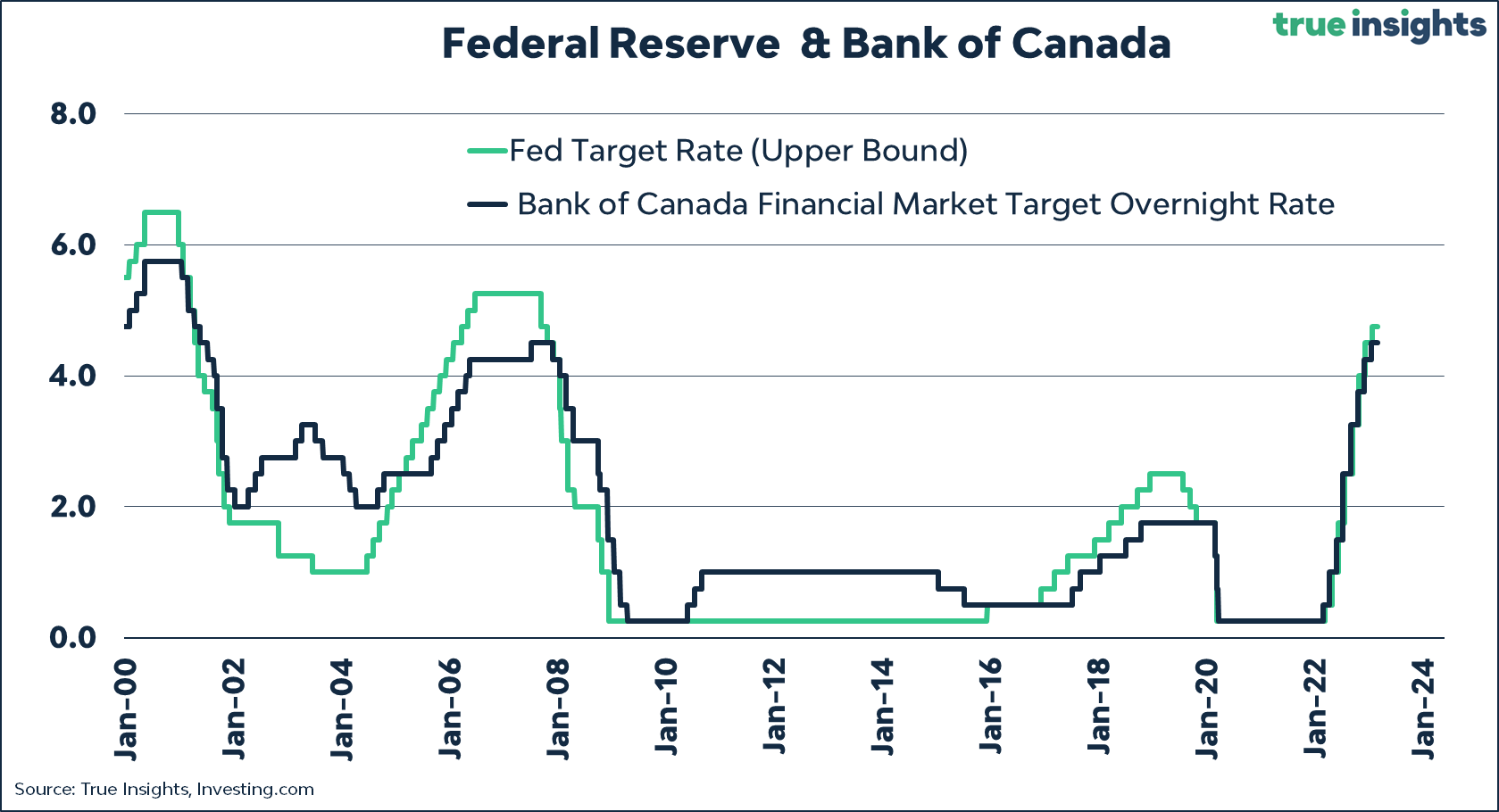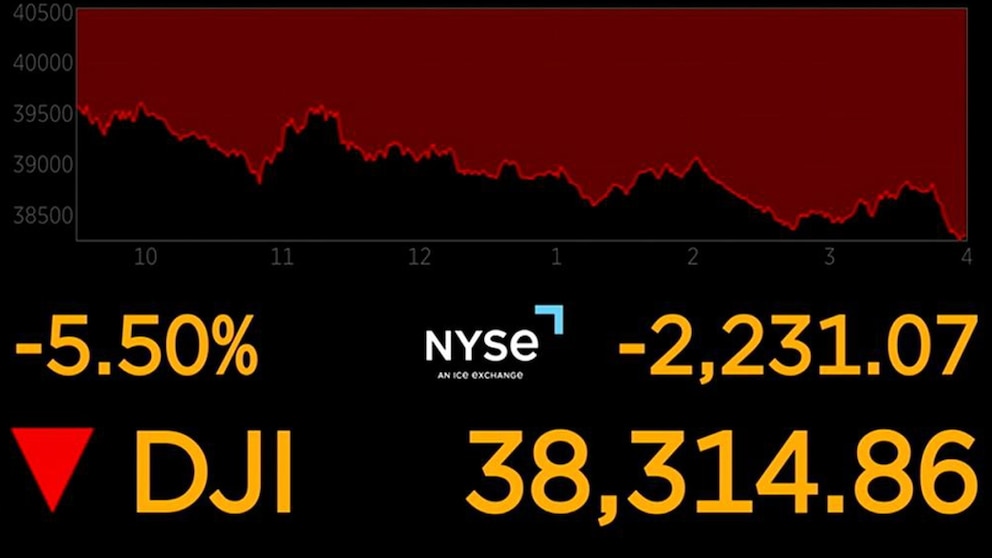Rising GPU Prices: What To Expect In The Coming Months

Table of Contents
Factors Contributing to Rising GPU Prices
Several interconnected factors contribute to the current climate of rising GPU prices. Understanding these factors is crucial for predicting future trends and making informed purchasing decisions.
Increased Demand
Demand for GPUs has skyrocketed in recent years, fueled by several converging trends. The cryptocurrency mining boom, particularly before Ethereum's shift to proof-of-stake, consumed vast quantities of GPUs. Simultaneously, the gaming industry experienced explosive growth, with increased popularity of online gaming and a shortage of gaming consoles driving demand for high-performance PCs. Finally, the burgeoning field of artificial intelligence and machine learning requires powerful GPUs for training complex models, further straining supply.
- Gaming console shortages: Limited availability of next-generation consoles increased demand for PC gaming hardware, including GPUs.
- Increased popularity of online gaming: The rise of esports and online multiplayer games spurred a significant increase in demand for high-performance gaming PCs.
- Growth of the AI and machine learning sectors: The rapid advancement of AI necessitates powerful GPUs for training and deploying AI models, driving industrial demand.
Supply Chain Disruptions
The global semiconductor industry has been grappling with significant supply chain disruptions. The COVID-19 pandemic exposed vulnerabilities in the global supply chain, leading to factory closures, logistical bottlenecks, and shortages of essential components. These issues have cascaded through the entire manufacturing process, limiting the production of GPUs and contributing to price increases.
- Impact of the pandemic: Factory shutdowns and reduced workforce capacity hampered production.
- Geopolitical instability: International tensions and trade restrictions have further complicated the supply chain.
- Natural disasters: Natural events have disrupted shipping routes and manufacturing facilities, exacerbating shortages.
- Transportation delays: Global shipping congestion and port delays have increased lead times and costs.
Inflation and Component Costs
The broader economic climate of inflation has also impacted GPU prices. The cost of raw materials, including silicon wafers and memory chips, has risen significantly, directly increasing the manufacturing cost of GPUs. Furthermore, increased energy costs associated with manufacturing add to the final price.
- Rising costs of silicon wafers: Silicon wafers are the foundation of semiconductor manufacturing, and their price increase directly affects GPU costs.
- Memory chip costs: The price of GDDR memory, crucial for GPU performance, has also risen, contributing to higher overall costs.
- Increased energy costs in manufacturing: Higher energy prices inflate the cost of manufacturing, impacting the final price for consumers.
Predicting GPU Price Trends in the Coming Months
Predicting the future of GPU prices requires careful consideration of the interplay between demand, supply, and economic factors. However, based on current trends, we can offer some tentative outlooks.
Short-Term Outlook (Next 3 Months)
In the next three months, we can expect continued price volatility. While the peak of cryptocurrency mining demand has passed, the sustained demand from gamers and the AI sector will likely keep prices elevated. Significant price drops are unlikely in the short term, though some minor stabilization or even slight price decreases are possible depending on inventory levels and production output.
- Analysis of current market data: Tracking current GPU pricing across major retailers is crucial for monitoring trends.
- Expert predictions from industry analysts: Following industry news and analyst reports provides valuable insights.
- Consideration of potential economic shifts: Major economic changes can significantly influence demand and pricing.
Medium-Term Outlook (6-12 Months)
Over the next 6-12 months, a more optimistic outlook might emerge. Increased manufacturing capacity, driven by investments in new facilities and improvements in semiconductor manufacturing processes, could eventually alleviate supply shortages. However, the continuous growth of the AI sector might offset some of the positive impact on pricing. We could see a gradual decline in prices, though likely not a dramatic drop.
- Projected increase or decrease in GPU production: Monitoring the output of major GPU manufacturers is key.
- Potential breakthroughs in semiconductor manufacturing: Technological advancements could boost production efficiency.
- Anticipated changes in cryptocurrency market trends: While less impactful than before, cryptocurrency trends could still influence demand.
Strategies for Consumers
Navigating the current market requires careful planning and strategic decision-making.
When to Buy a GPU
The best time to buy a GPU depends on your needs and risk tolerance. Waiting might lead to lower prices in the long term, but it also means missing out on current performance improvements. Monitoring price trends, understanding GPU generations, and considering potential seasonal sales are crucial.
- Advantages and disadvantages of waiting: Weighing the benefits of lower prices against the opportunity cost of not having the GPU.
- Monitoring price trends: Regularly checking price comparison websites and retailer sites is vital.
- Understanding GPU generations and performance improvements: Knowing the latest technological advancements will help you determine whether waiting is worth it.
Finding the Best Deals
Finding the best deals requires diligence and resourcefulness. Checking major online retailers like Newegg, Amazon, and Best Buy is essential. Using price comparison websites like PCPartPicker can help you find the lowest prices. Considering buying used or refurbished GPUs can also be a cost-effective solution, but always prioritize reputable sellers.
- Checking major online retailers: Regularly comparing prices across different retailers is crucial.
- Using price comparison websites: Leverage price comparison tools to identify the best deals.
- Considering buying used or refurbished GPUs: This can be a good option, provided the GPU is from a trusted source and comes with a warranty.
Conclusion
Rising GPU prices are a complex issue driven by increased demand, supply chain disruptions, and inflation. While the short-term outlook suggests continued price volatility, the medium-term outlook might be more positive due to potential improvements in supply. Consumers need to stay informed, monitor price trends, and strategically time their purchases to find the best deals. Stay ahead of the curve and monitor these rising GPU prices closely. Make informed decisions to find the best deals and the perfect GPU for your needs.

Featured Posts
-
 Trump On Annexing Canada Xi Jinping And Avoiding Term Limits Highlights From Time Interview
Apr 28, 2025
Trump On Annexing Canada Xi Jinping And Avoiding Term Limits Highlights From Time Interview
Apr 28, 2025 -
 Why Are Gpu Prices Skyrocketing Again
Apr 28, 2025
Why Are Gpu Prices Skyrocketing Again
Apr 28, 2025 -
 The Truck Bloat Problem In America Solutions And Strategies
Apr 28, 2025
The Truck Bloat Problem In America Solutions And Strategies
Apr 28, 2025 -
 Nine Revelations From Times Trump Interview Annexing Canada Xis Calls And More
Apr 28, 2025
Nine Revelations From Times Trump Interview Annexing Canada Xis Calls And More
Apr 28, 2025 -
 Stock Market Valuations Bof As Case For Investor Calm
Apr 28, 2025
Stock Market Valuations Bof As Case For Investor Calm
Apr 28, 2025
Latest Posts
-
 Retail Sales Slump Will The Bank Of Canada Reverse Course On Interest Rates
Apr 28, 2025
Retail Sales Slump Will The Bank Of Canada Reverse Course On Interest Rates
Apr 28, 2025 -
 2000 Yankees Diary Posadas Homer Silences The Royals
Apr 28, 2025
2000 Yankees Diary Posadas Homer Silences The Royals
Apr 28, 2025 -
 70 Off Hudsons Bays Final Store Closing Sale
Apr 28, 2025
70 Off Hudsons Bays Final Store Closing Sale
Apr 28, 2025 -
 Alberta Feels The Impact Dow Project Delay And Tariff Fallout
Apr 28, 2025
Alberta Feels The Impact Dow Project Delay And Tariff Fallout
Apr 28, 2025 -
 Hudsons Bay Liquidation Find Deep Discounts Now
Apr 28, 2025
Hudsons Bay Liquidation Find Deep Discounts Now
Apr 28, 2025
